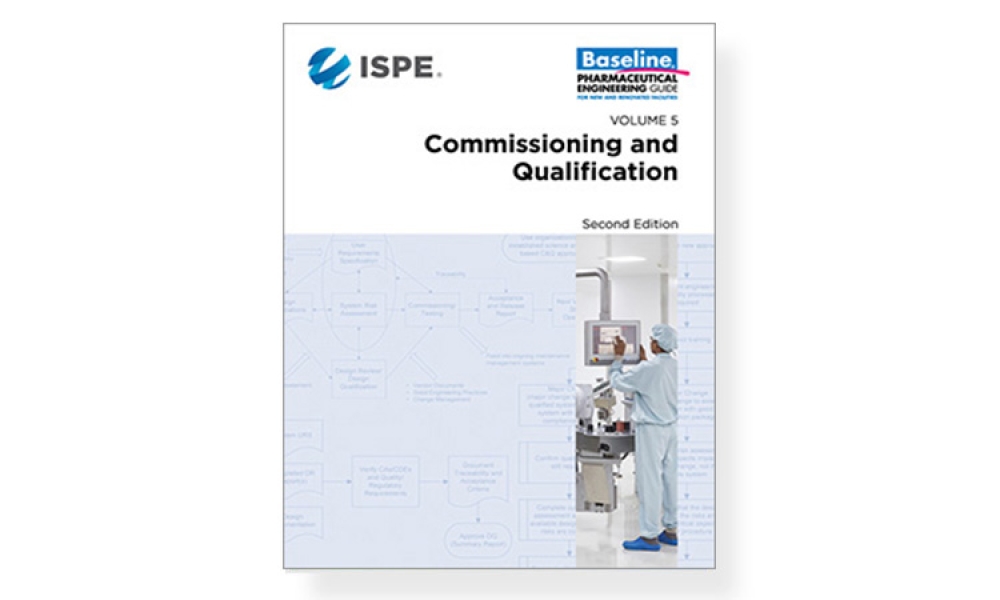ATMP Facilities: Adapting to a Multimodal Future

In a recent advanced therapy medicinal products (ATMPs) innovator survey, two-thirds of respondents reported that they are developing multiple drug platforms.1 Without a guarantee of commercial success for any single product, many companies are making smart choices by creating new therapies to tackle different diseases and mitigate risk.
The complex raw materials, such as viral vectors, that ATMP manufacturers require further drive the need for multimodal facility development. Some manufacturers may opt to commission these materials from a contract development and manufacturing organization, though many will choose to incorporate different process modalities into their facility to produce these materials in house. Although this approach adds complexity to the design, it mitigates development control and supply chain risk.
Regardless of the drivers for multimodal design, practicality and budget constraints are propelling most manufacturers toward single-facility operations, leaving engineers and architects to solve the complex challenge of maintaining a segregated multimodal environment while scaling to meet the fast-growing and evolving cellular therapy market. Currently, two critical issues need to be addressed: First, how to adapt manual and/or semi-automated processes that cannot be scaled efficiently and second, how to adapt traditional facility design when it does not meet segregation requirements.
Growth of Multimodal Facilities
The growth of multimodal facilities and personalized cell therapies is driving the migration to automated closed processing. In early R&D and discovery, there is little motivation to move away from open manual processes in cell therapy. As cell therapies move into early clinical activities, it is possible for teams to manage complex open manual manufacturing processes for a small number of patients. However, difficulties tend to arise when programs are successful and must be scaled to meet commercial demand.
Demand for ATMPs is on the rise. Recently, Abecma (manufactured by Bristol Myers Squibb and bluebird bio) was commercially approved to treat patients with multiple myeloma.2 Other multiple myeloma cell therapies will likely receive commercial approval soon; Cilta-cel from Janssen and Legend Biotech has recently been approved. These approvals will open the largest patient population to date for cell therapy, and it’s likely that manufacturing will be a pain point reflected in increased vein-to-vein turnaround times.
In a traditional facility, where closed and automated process technologies are designed to manufacture high-volume batches of identical products, it is relatively straightforward to build reliability into the process, and a spoiled batch, though not ideal, can be replaced by the next one coming down the line. This is not the case for cell and gene therapy, where in some cases, the product is completely personalized to a single patient.
Consider the process: a sample, a solid tumor, is removed from a patient in a clinic in Denver. It is shipped to a facility in Philadelphia. Intake and chain of custody procedures help manage the sample as it goes through a multi-day manipulation and growth process. The resulting dose is formulated and introduced into a product solution profile, filled into a container, and shipped back to the clinic to be administered to a patient.
It is not difficult to see that a manual open process increases the risk of error or contamination, and the impact on the patient is direct—and potentially catastrophic. In addition, as patient numbers increase, the impracticalities of open process manufacturing approaches become obvious. Processes using manual or semiautomated manufacturing are unlikely to be sustainable or to reduce therapeutic costs.
In a recent case study,3 we examined how to manufacture 10,000 personalized (autologous) cell therapies per year with a manual or semiauto-mated manufacturing process. We found that it would require the manufacturing site to initiate 30 new patient processes per day and end 30 new patient processes per day. Assuming a process length of 10 days, this would necessitate 330 patient lots running in parallel.
Continuing with this scenario, the staffing requirements for manufacturing would approach 1,700 full-time employees for a single facility. Hiring and training the required skilled staff would be exceedingly difficult, likely requiring operations spread across different sites in multiple cities and the use of a stratified workforce involving less skilled operators. This would leave the site’s productivity heavily dependent on staffing and could lead to a potentially significant bottleneck. Our case study strengthens the argument for automated processing.
Human resources aside, there is also the challenge of segregation within the facility itself. Even excellent HVAC design and pressurization to control air movement through the facility has limits when you add the flow of people and materials into the equation.
However, if you can achieve segregation at the equipment level, it not only relieves the facility and the staff from the pressure of managing segregation and contamination but also promotes product quality. With fully closed equipment, you can reduce the risks of running multiple product lines within a shared facility—even for highly personalized therapies. The environment has far less impact on the process stream itself, which offers a means of containing the process and providing quality.
The growth of multimodal facilities and personalized cell therapies is driving the migration to automated closed processing.
An Equipment Evolution
An automated closed system segregates the process and saves space. With fewer human interactions, it can be scaled vertically to increase manufacturing density, driving down the total facility cost while increasing facility capacity. An additional advantage is the introduction of improved process quality and consistency. Automation offers the opportunity to deliver a more consistent product while capturing critical process analytics.
Consider a manual process with a lab technician working with a pipette. Each step must be measured and recorded by an individual, leaving the process open to variation and error. An automated system is tailored to take measurements and create a data stream, which is logged, stored, and assigned to a batch. This real-time process monitoring ensures a robust, secure, and repeatable process, and sets the stage for embracing a more future-facing Pharma 4.0™ mindset.
Although automation offers the clear benefits of robust tracking and quality assurance, it does require an auditable, verifiable data infrastructure with operational and compliance procedures to support it. Companies marketing to the US will need to comply with FDA 21 CFR Part 11,4 whereas companies manufacturing for the EU will need to comply with EudraLex Volume 4 Annex 11;5 both of these outline regulatory GMP requirements for computerized systems.
The industry is heading into a new precision medicine era that requires flexible solutions.
Modern Manufacturing Facilities
With personalized cell therapy, there is no utility in scaling up an established process: It must be scaled out. Although this might be seen as a disadvantage at first, scaling out offers the opportunity to optimize and future-proof a facility.
A templated approach to design allows team members to find efficiencies in real-time, and these improvements are replicated as the facility scales. Perhaps even more important, inadequacies and risks are propagated out. The more that the design and engineering team can leverage industry innovations and best practices into a standard template, the better.
Quality is preengineered into the process, adding confidence with scale. As the facility grows, staff can walk into identical suites at multiple production sites and begin working quickly with little orientation. Teams are flexible and training is simplified.
There is also an advantage to building only what is needed when it is needed. Guesswork is minimized because there is no reliance on drawn-out market projections, and there is no need to pay for a facility that is larger than needed in anticipation of future developments: Simply expand at the right time for business needs. It is straightforward to increase capacity by building templated spaces leveraging modular components offsite, and careful upfront planning can ensure that the installation has minimal implications for existing or ongoing operations.
Conclusion
Allogeneic therapies will continue to be a market presence, but there is no denying the potential and inevitable growth in personalized therapies. The industry is heading into a new precision medicine era that requires flexible solutions.
As personalized cell therapies expand to include solid tumors, an efficient scaling method is via automated closed processing coupled with templated facilities constructed using prefabricated, offsite construction and modular design. Taking advantage of iterative design means the facilities of tomorrow don’t have to suffer the problems of the facilities of yesterday. This is an exciting and critical juncture for the ATMP industry, and these elegant solutions are the future of pharmaceutical health care.




